Approaches to Combat Physical Inactivity in Teenagers Aged 13-18 Years
VerifiedAdded on 2022/08/10
|8
|683
|14
Homework Assignment
AI Summary
This assignment addresses the issue of physical inactivity among teenagers aged 13-18, exploring its negative health behaviors and economic consequences. It presents various approaches to combat this issue, including communication strategies, educational programs, and community enhancements. The assignment also emphasizes the importance of system changes through policies and regulations to promote physical activity. The analysis references several studies and reports from reputable sources like the CDC, WHO, and BBC News to support the proposed solutions. The communication approach involves raising awareness through media campaigns and health fairs, while the education approach focuses on providing knowledge through training sessions and courses. Additionally, the assignment suggests community enhancements through organized programs and real-life examples. The economic impact on individuals, families, and the community is also discussed, highlighting the need for immediate action to address this public health concern.
1 out of 8
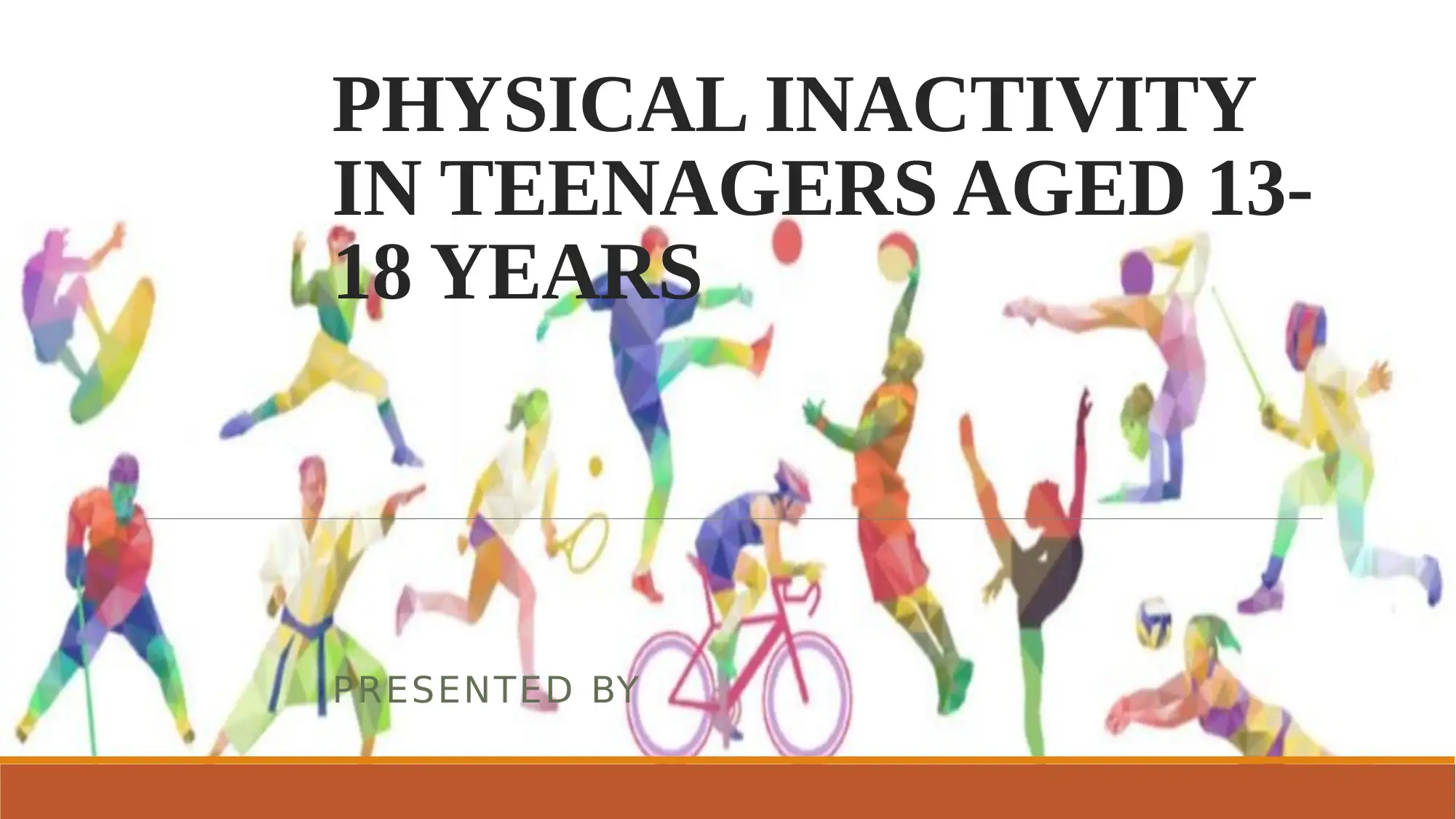
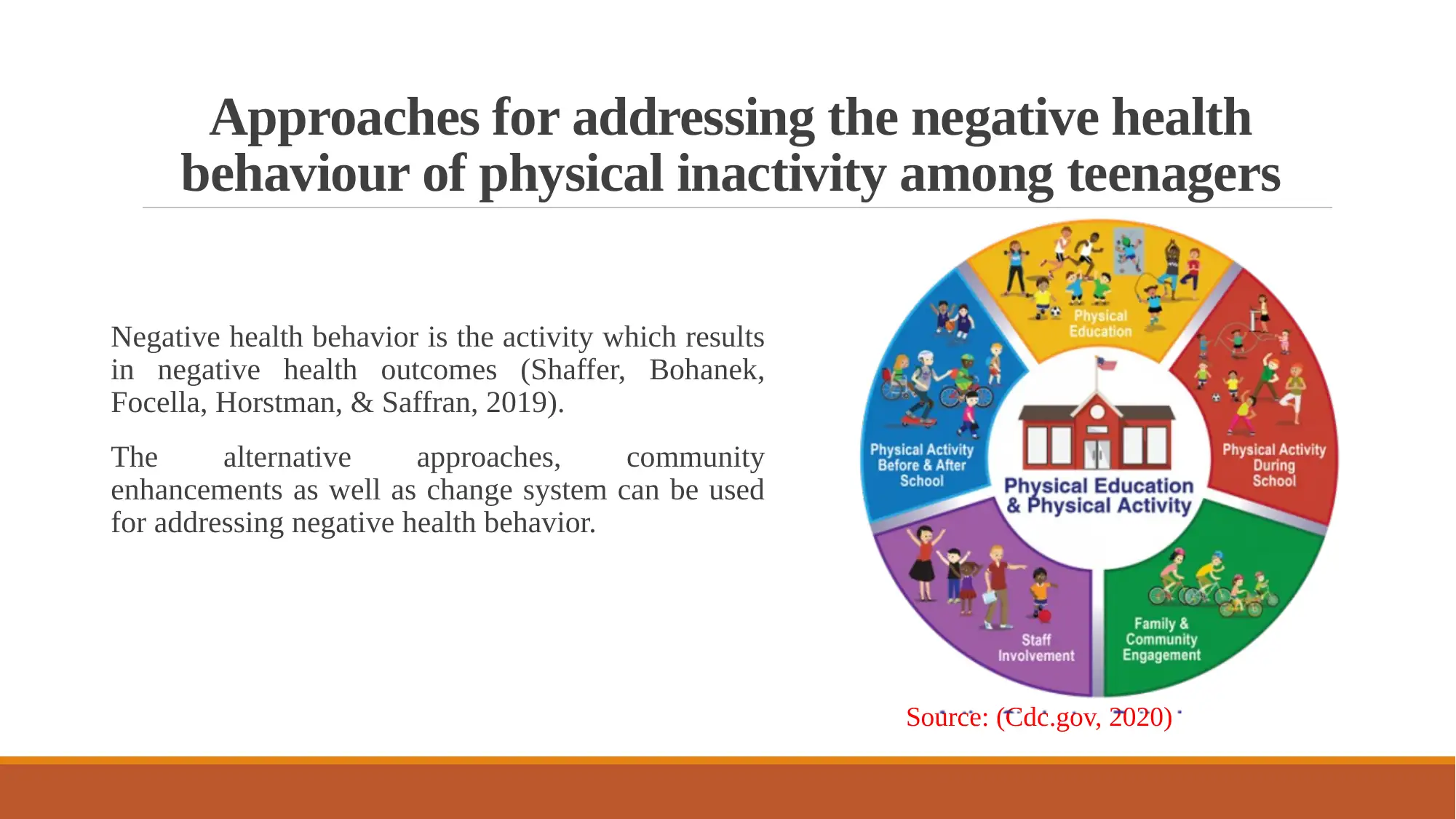
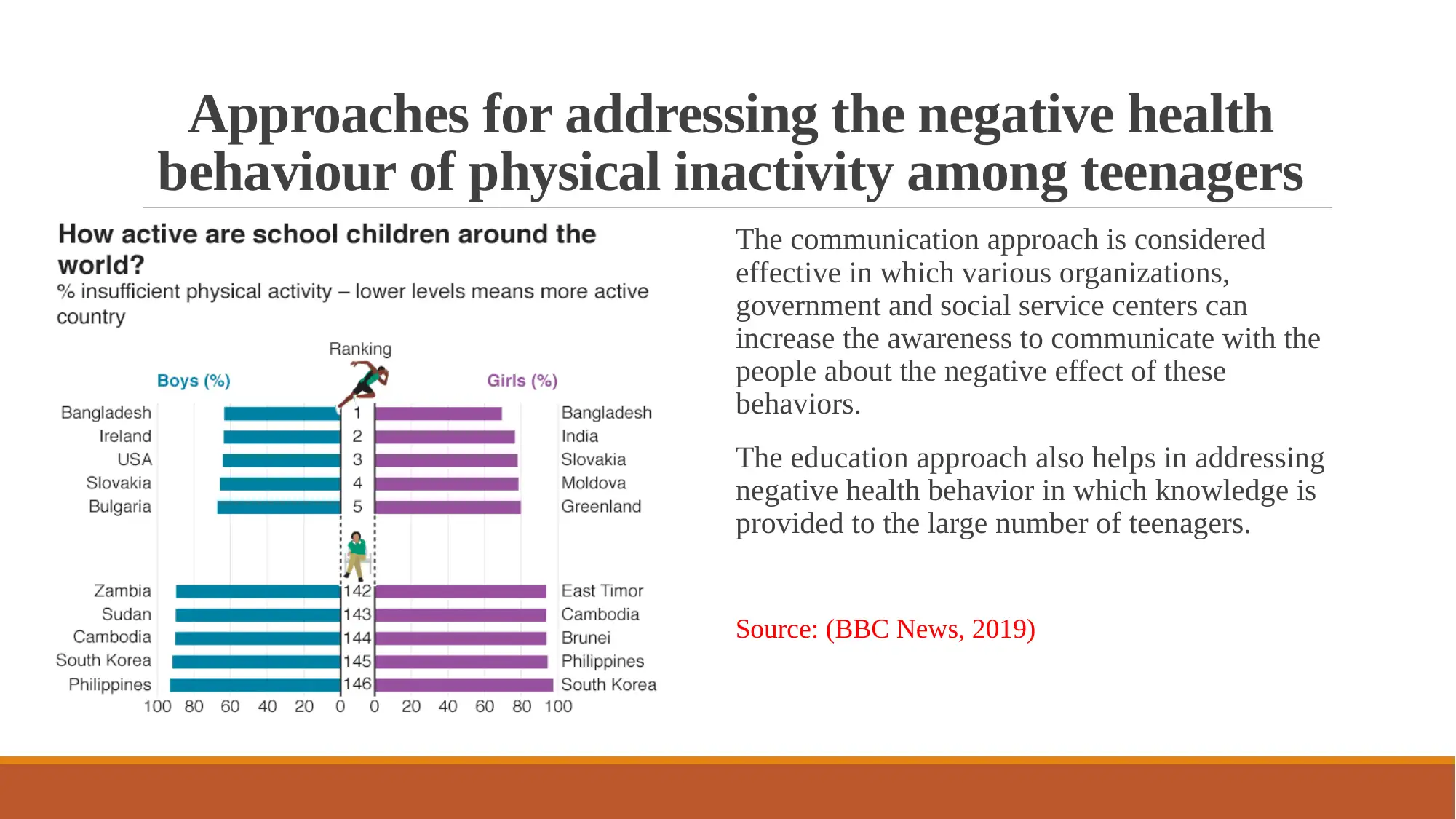

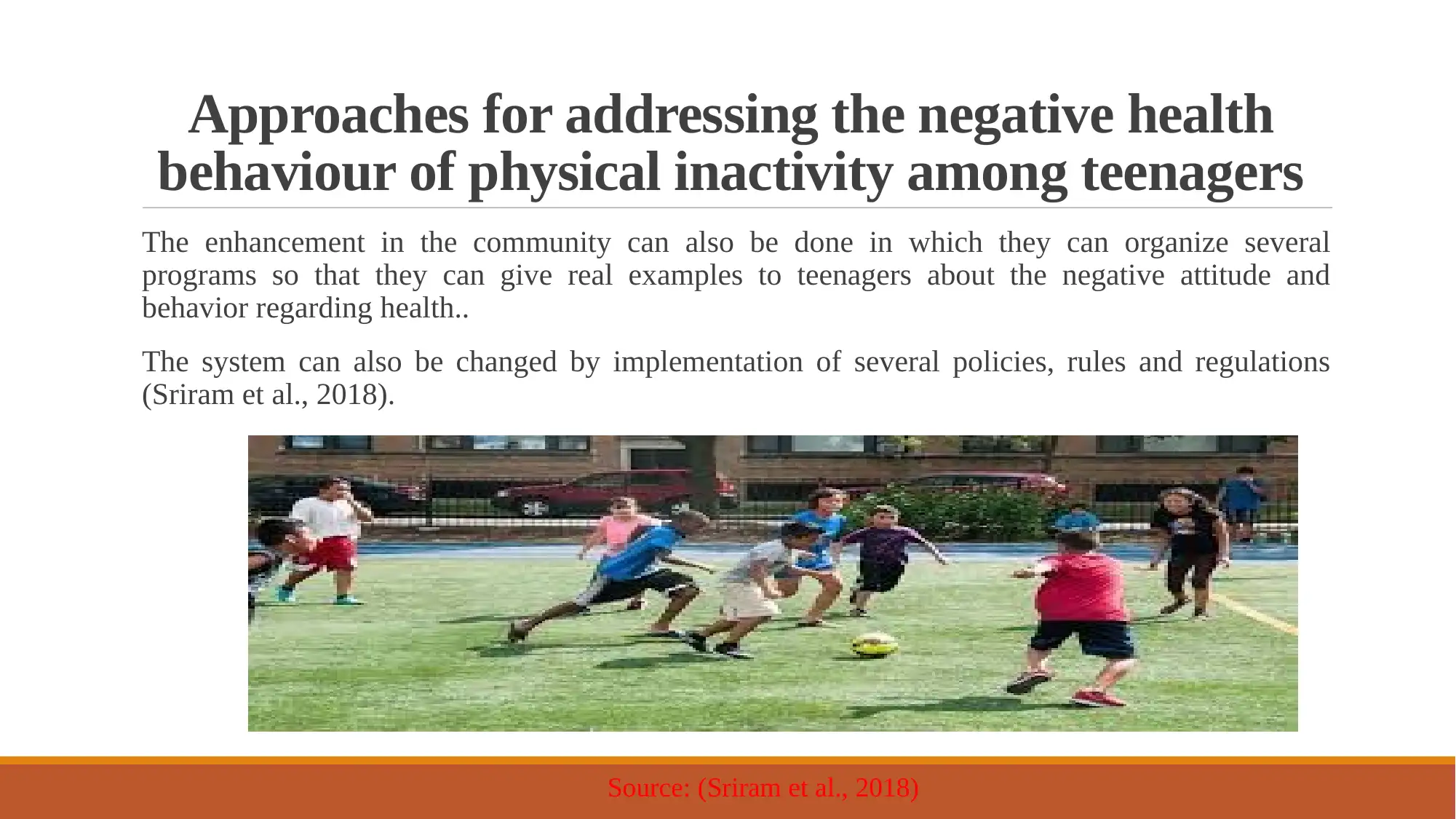
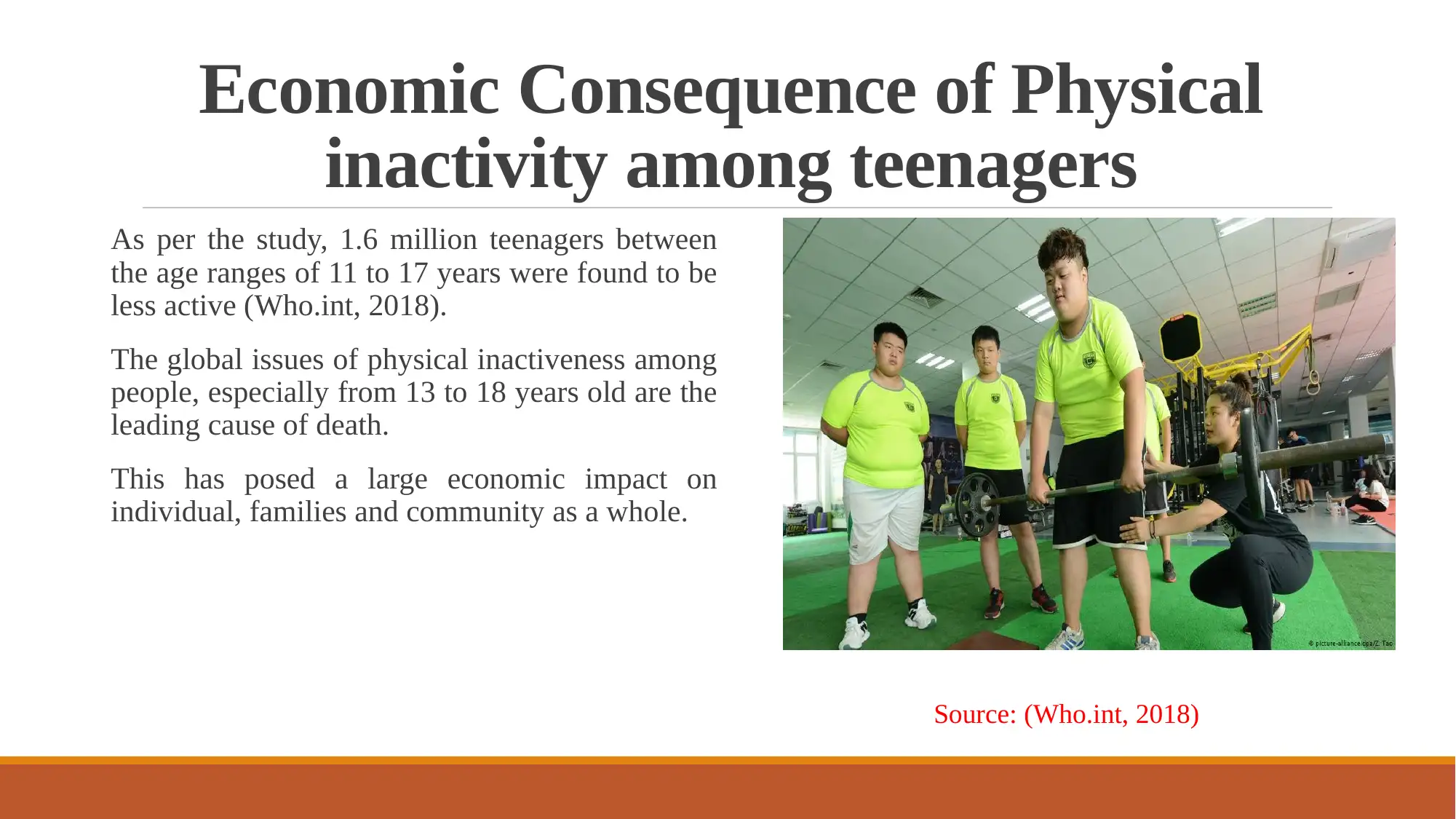
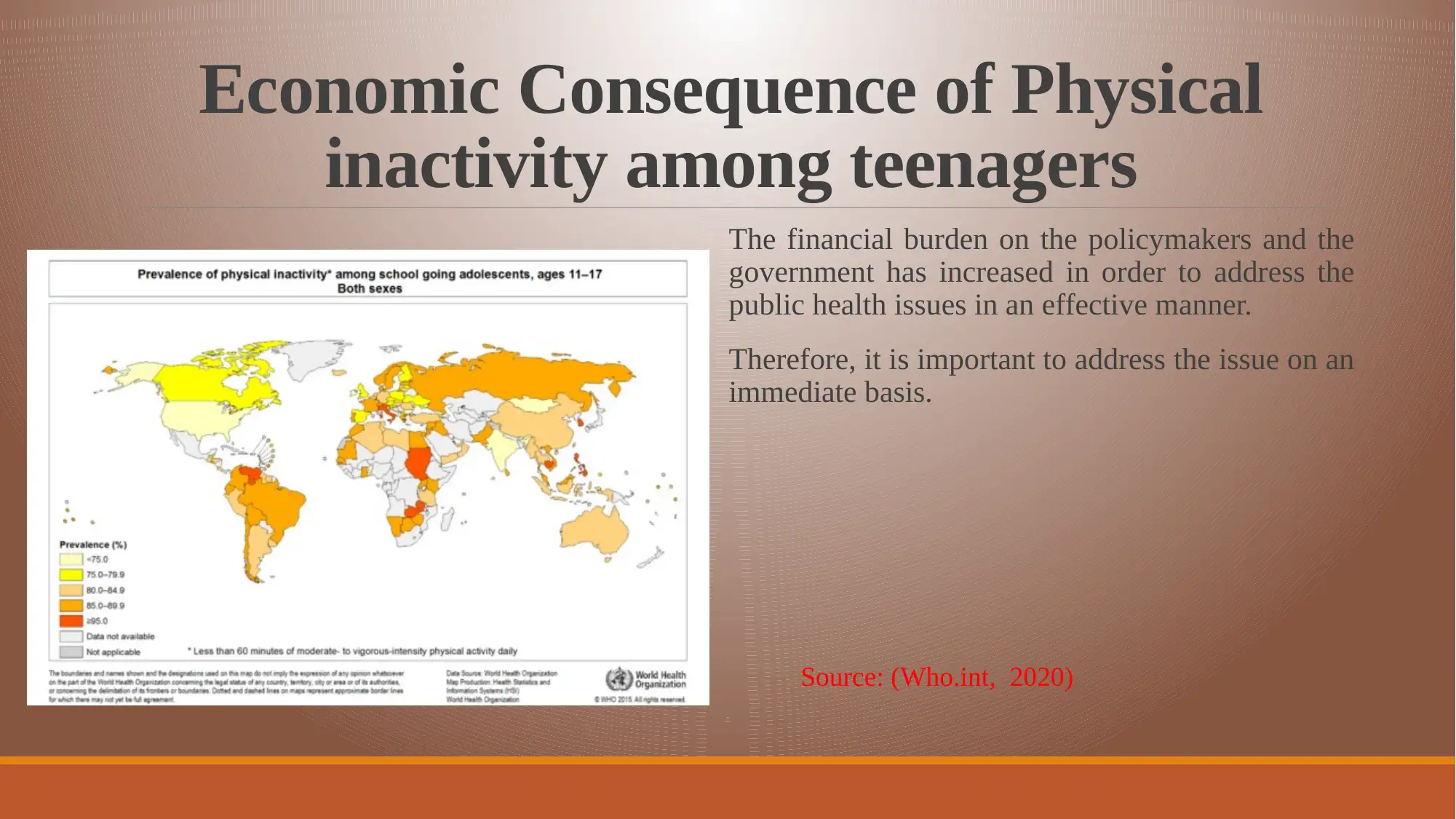
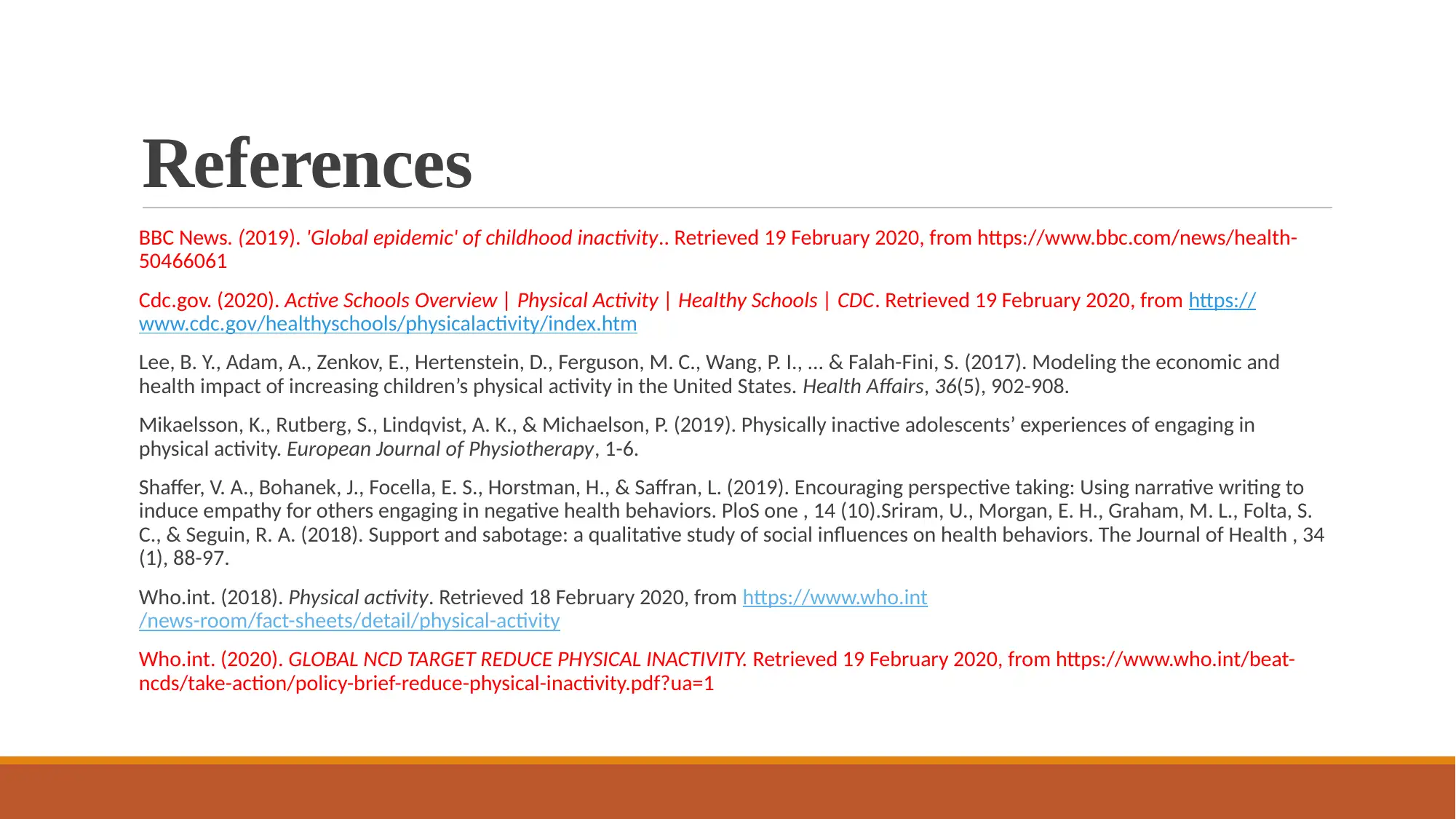




![[object Object]](/_next/static/media/star-bottom.7253800d.svg)